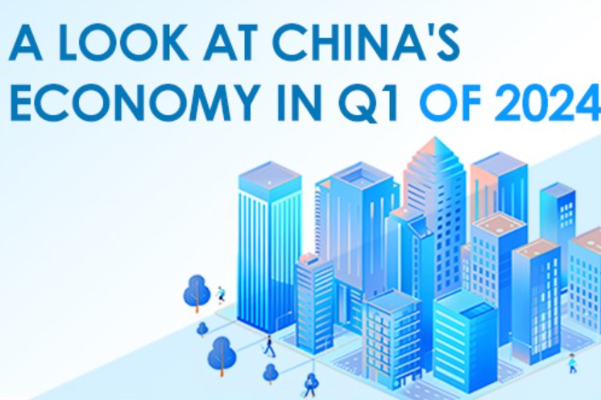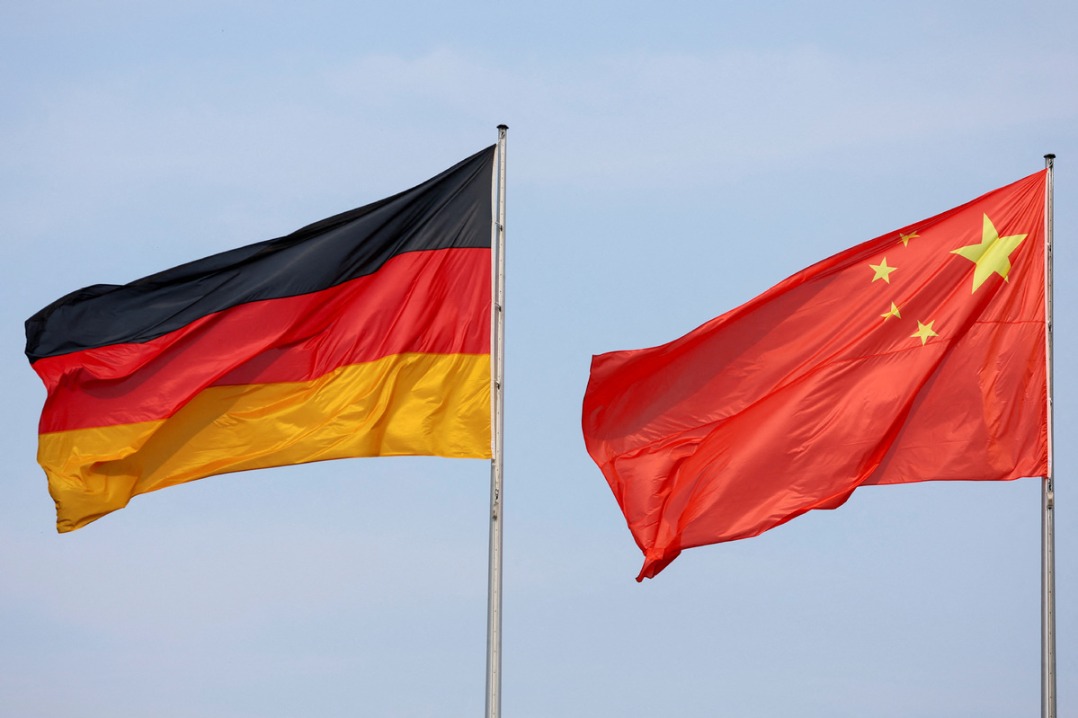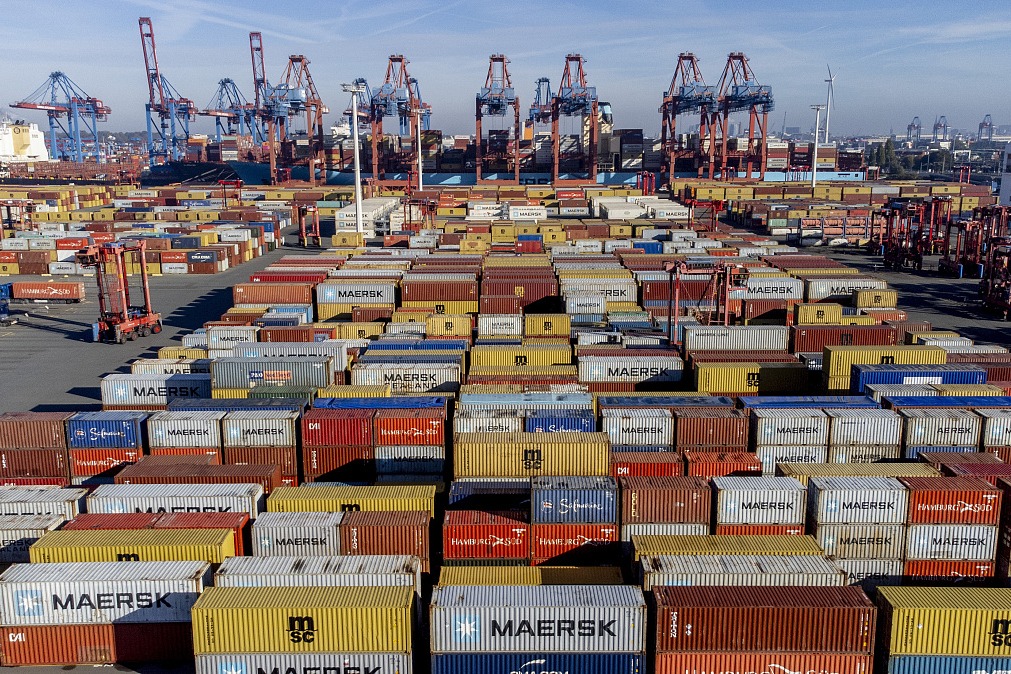Farmers' goal now quality not quantity

Zhou Houchao, a 52-year-old farmer in Heilongjiang province, has finally welcomed a harvest despite the COVID-19 pandemic, typhoons and other difficulties.
But for Zhou and many farmers, a harvest is not their final goal. Good-quality rice is what they are after nowadays, with production and filling one's stomach no longer the top priority.
China's rice planting areas account for 20 percent of the world's total, and annual output has remained above 200 million metric tons for years, comprising nearly 40 percent of global rice output.
In the past, China solved the problem of feeding some 1.4 billion people. Now the pursuit of quality is driving more farmers to change their traditional planting and management methods.
A rice farmer for more than 30 years, Zhou said he overused pesticides and fertilizers in the past to boost yields, but the soil was hardened and organic matter was lost, so he could not sell his rice at a competitive price because of its compromised quality.
As head of a local cooperative in Suibin county, Hegang, Zhou took the lead in pursuing innovation in agricultural development.
Some ducks wandered in the yard of the cooperative.
"These ducks live on the rice fields in spring and summer, and their excrement can increase organic soil matter," Zhou said. "In the rice fields this year, I raised fish, ducks and crabs, which is part of organic farming and can effectively improve the quality of rice."
Besides more than 20 hectares of fields with ducks, Zhou also put crabs and fish in over 47 hectares of paddies.
"The yield of organic planting is lower, and weeding is required, but such rice is in short supply in the market, with the income increased by about 3,000 yuan ($450) per hectare," he said.
At a farm near the Nongjiang River in the east of the province, Wen Xuequan successfully improved the quality of his rice this year.
"The climate conditions were not suitable for growing high-quality rice in the past," he said. Due to lower temperatures and cold well water for irrigation, Wen couldn't grow better rice varieties before this year.
But during this farming season a newly built irrigation project has given Wen's fields access to nearby river water, which is not as cold as well water, making it possible to grow more varieties of rice.
As one of the first farmers to use river water for irrigation, Wen planted some 47 hectares of rice. Because it was of good quality, he was able to earn 3,000 yuan more per hectare.
The third Heilongjiang International Rice Festival was held last month, with 1,381 enterprises from 13 countries and regions taking part and concluding deals worth 1.7 billion yuan.
Known as China's "grain barn", Heilongjiang boasts the country's largest rice, corn and bean planting areas. Data from the provincial agriculture department shows the area planted with grain this year reached 14.37 million hectares, an increase of over 33,000 hectares from last year.
MOST POPULAR
- 1 Things to know about China Intl Consumer Products Expo 2024
- 2 China tops FDI confidence index of emerging markets
- 3 China specifies steps to improve payment services in tourist attractions
- 4 Low-altitude economy set to take off
- 5 China's immigration service platform receives over 10m calls from home, abroad
Editors' Picks
 Infographic:
A look at China's economy in Q1 of 2024
Infographic:
A look at China's economy in Q1 of 2024
 Infographic:
China to remove foreign ownership restrictions in value-added telecom services in pilot areas
Infographic:
China to remove foreign ownership restrictions in value-added telecom services in pilot areas
 Infographic:
2023 Sino-German investment and trade in numbers
Infographic:
2023 Sino-German investment and trade in numbers
 Infographic:
China-Germany relations in graphic
Infographic:
China-Germany relations in graphic



